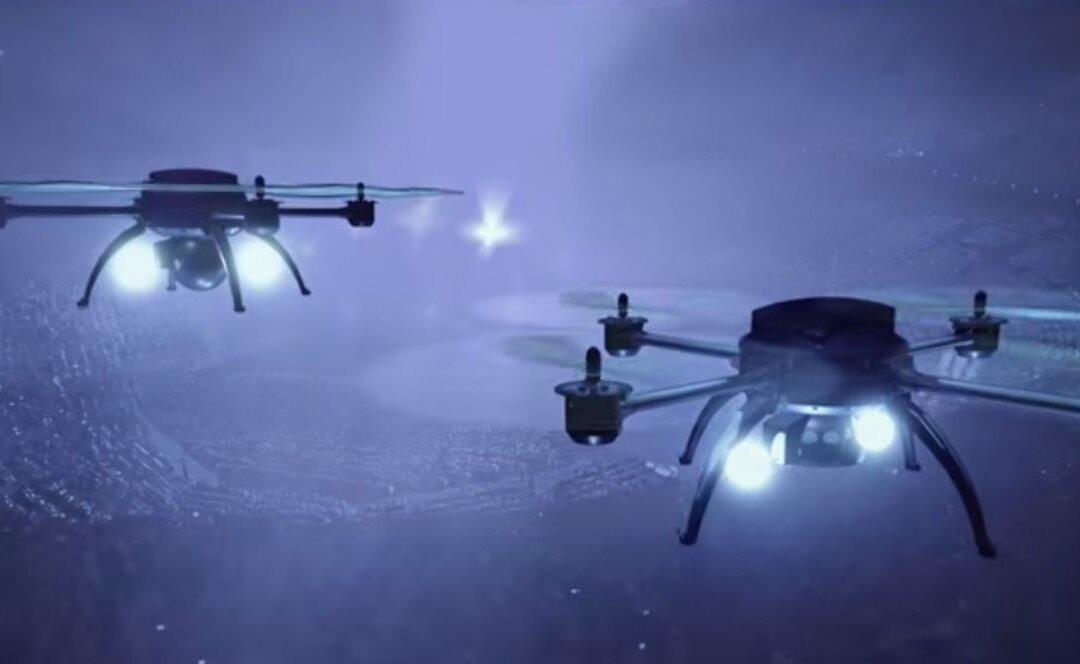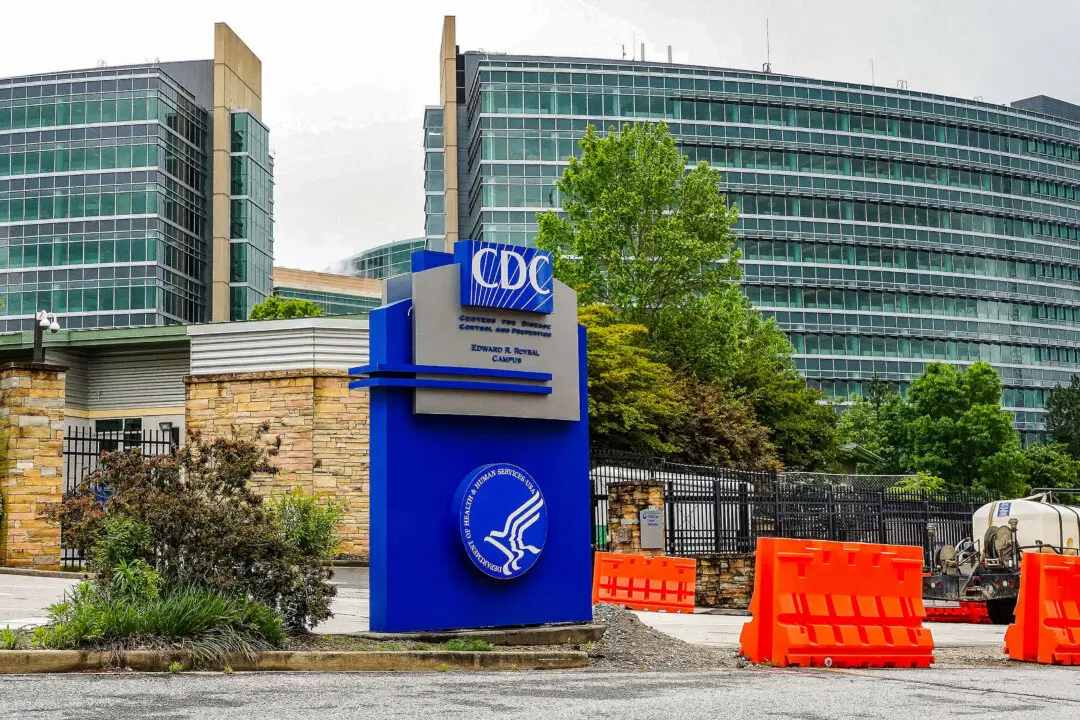Amsterdam will feature the world’s first drone air show, or more specifically, a “drone entertainment show.”
Fjuze, the organizer of the AIR 2015 event, says the “show reaches a new level in entertainment where visitors will be immersed into 3D effects instead of standard 2D experience, proving that innovation is sensational and nothing is impossible!”
Describing the show as “the next level in entertainment,” Fjuze says it’s the first of its kind.
Some of the events include “a variety of ballet and battles, races and lasers, circus, illusions, and most of all magic from hundreds of drones.” The drones are equipped with lasers and lights, which seem to allow them to draw in the air.
However, the organizer doesn’t say when the show will be held, and the website only says “soon.”
The rapid expansion of commercially viable drones, or unmanned aerial vehicles (UAVs) has forced authorities in several countries—primarily the United States and U.K.—to reevaluate flight restrictions on the small aircraft.






